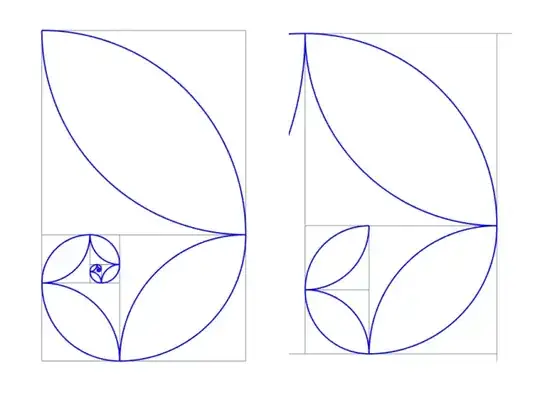I have a feeling this question is a duplicate, but it's not coming up in "Questions that may already have your answer."
We all know very well that $F(0) = 0$, $F(1) = 1$ and $F(n) = F(n - 2) + F(n - 1)$ for all $n > 1$.
I'm wondering about $n < 0$. My first thought was $F(-n) = -F(n)$, which is appealing from a multiplicative point of view, as it seems to preserve certain identities, like $F(n)^2 = F(n - 1) F(n + 1) - (-1)^n$.
But it doesn't quite make sense from an additive point of view, it doesn't seem to work both "forwards" and "backwards." For example, it would give us $F(-1) + F(0) = -1 \neq F(1)$.
How do we extend $F(n)$ to negative $n$ so as to maintain both the related identities and the basic defining identity?
